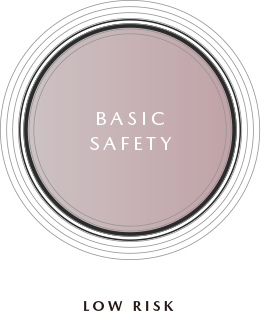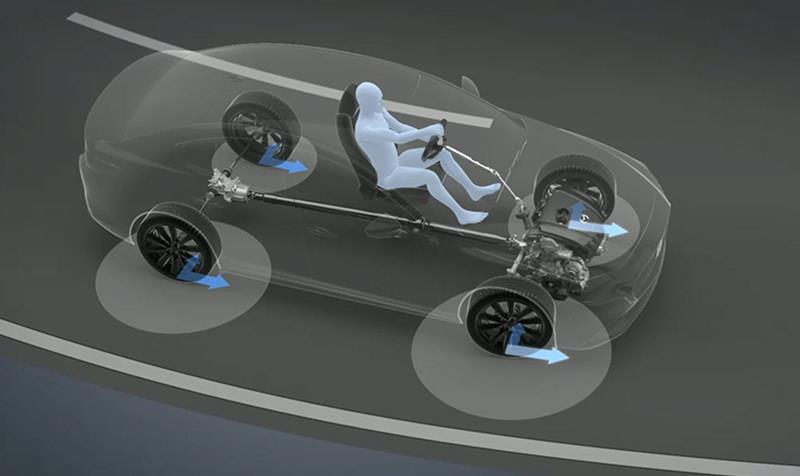SAFETY
MAXIMIZE YOUR
POTENTIAL FOR
PEACE
OF MIND AND THE FREEDOM
TO FOCUS
SAFETY
MAXIMIZE YOUR
POTENTIAL FOR
PEACE
OF MIND AND THE FREEDOM
TO FOCUS
Feeling safe gives you the freedom to be the best driver you can be, to concentrate on enjoying the road ahead and feel your spirits lifted by the experience of driving a MAZDA. That’s why we focus not just on what safety prevents, but also on what it makes possible.
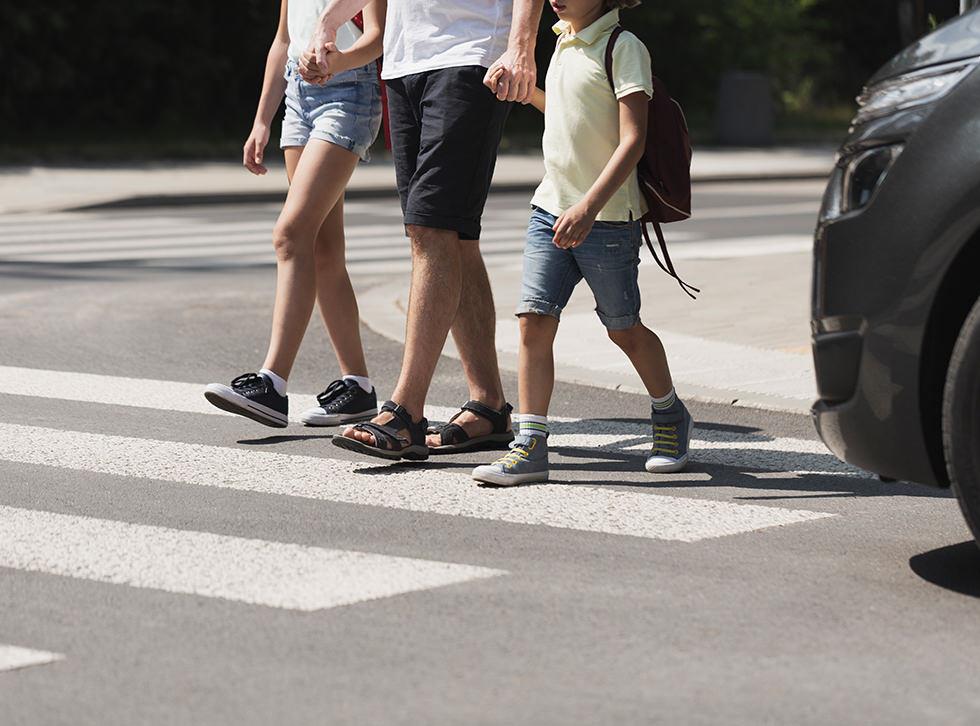
SAVING AND ENRICHING LIVES
For MAZDA, making safer cars is about more than just protecting the people riding in them. Our vision is for a world with no road accidents, where all road users are safe, and drivers’ lives are enriched by the freedom and joy that driving provides.
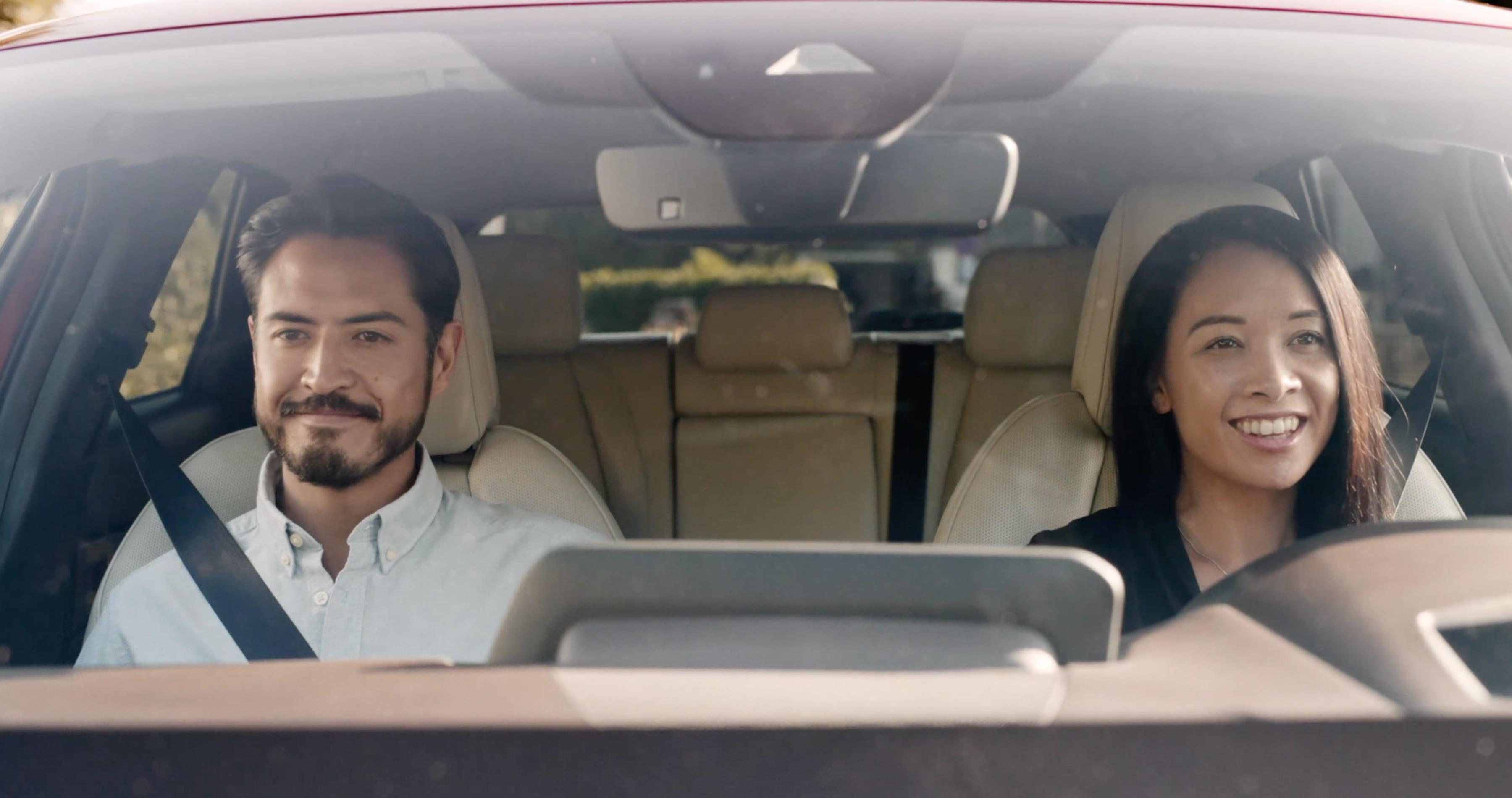
OUR HUMAN-CENTRIC APPROACH TO SAFETYMAXIMIZE YOUR
POTENTIAL
We make cars with advanced safety features that are inspiring to drive so you can confidently maintain control and enjoy every moment on the road. You can maximize your potential by enjoying a focus on driving, providing a smooth ride for your passengers and sharing the experience of each journey, and be reassured that MAZDA’s safety features will help prevent accidents, protecting you and those around you.
OUR PHILOSOPHYOUR PROACTIVE
SAFETY VISION
MAZDA’s safety philosophy is based on understanding, respecting, and trusting the driver. To drive safely you need to be able to spot potential hazards and use your best judgement to react accordingly. We also understand that you are only human and that accidents can happen, despite best intentions, so we have a range of technologies that help to prevent mishaps or reduce the damage done. We call our vision MAZDA PROACTIVE SAFETY.
WHAT MAZDA’S SAFETY
TECHNOLOGIES
AIM TO PROVIDE

BASIC SAFETY
TECHNOLOGIES
At the heart of Proactive Safety is something you might not even think of as safety-related—making your MAZDA as intuitive and enjoyable to drive as possible. From excellent visibility to the perfect driving position to the car’s dynamic performance on the road, getting these basics right is essential to give you confidence and enjoyment behind the wheel.
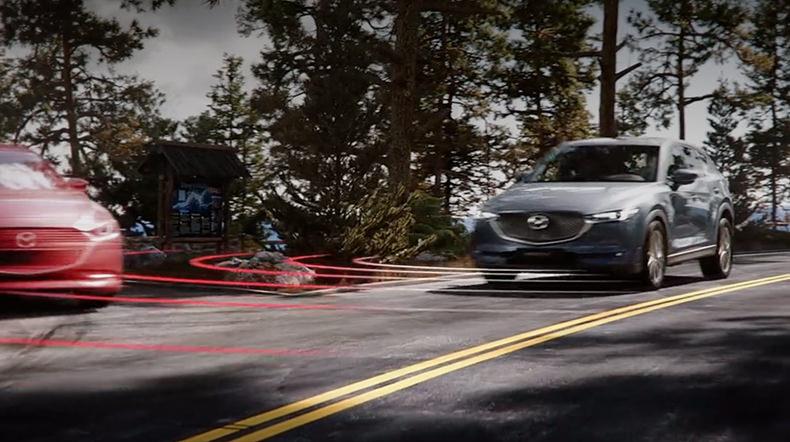
PREVENTIVE SAFETY
TECHNOLOGIES
Should the unexpected happen, MAZDA Advanced Safety Technologies will be there to support you. This suite of features includes hazard alerts, such as Blind Spot Monitoring and 360-Degree View Monitor to help you spot and avoid potential dangers, and driver assists to help you keep control in an emergency, alongside additional aids like Smart Brake Support that can avoid collisions or reduce their severity in some situations. All of these features and many more are designed to assist the driver, not take away control.
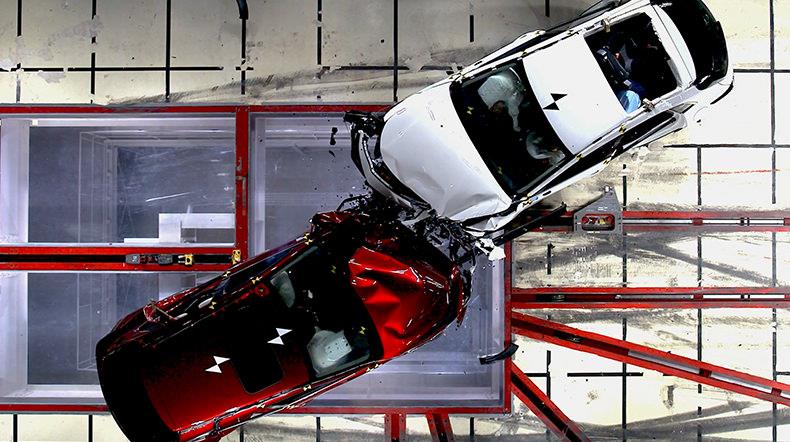
COLLISION SAFETY
TECHNOLOGIES
If an accident is unavoidable then you can rest assured that your MAZDA has been designed to give you the very best protection. Impact-energy-absorbing features are built into the body, and every MAZDA includes a suite of secondary safety equipment such as seat-belt pretensioners and multiple airbags; even emergency services can be alerted.
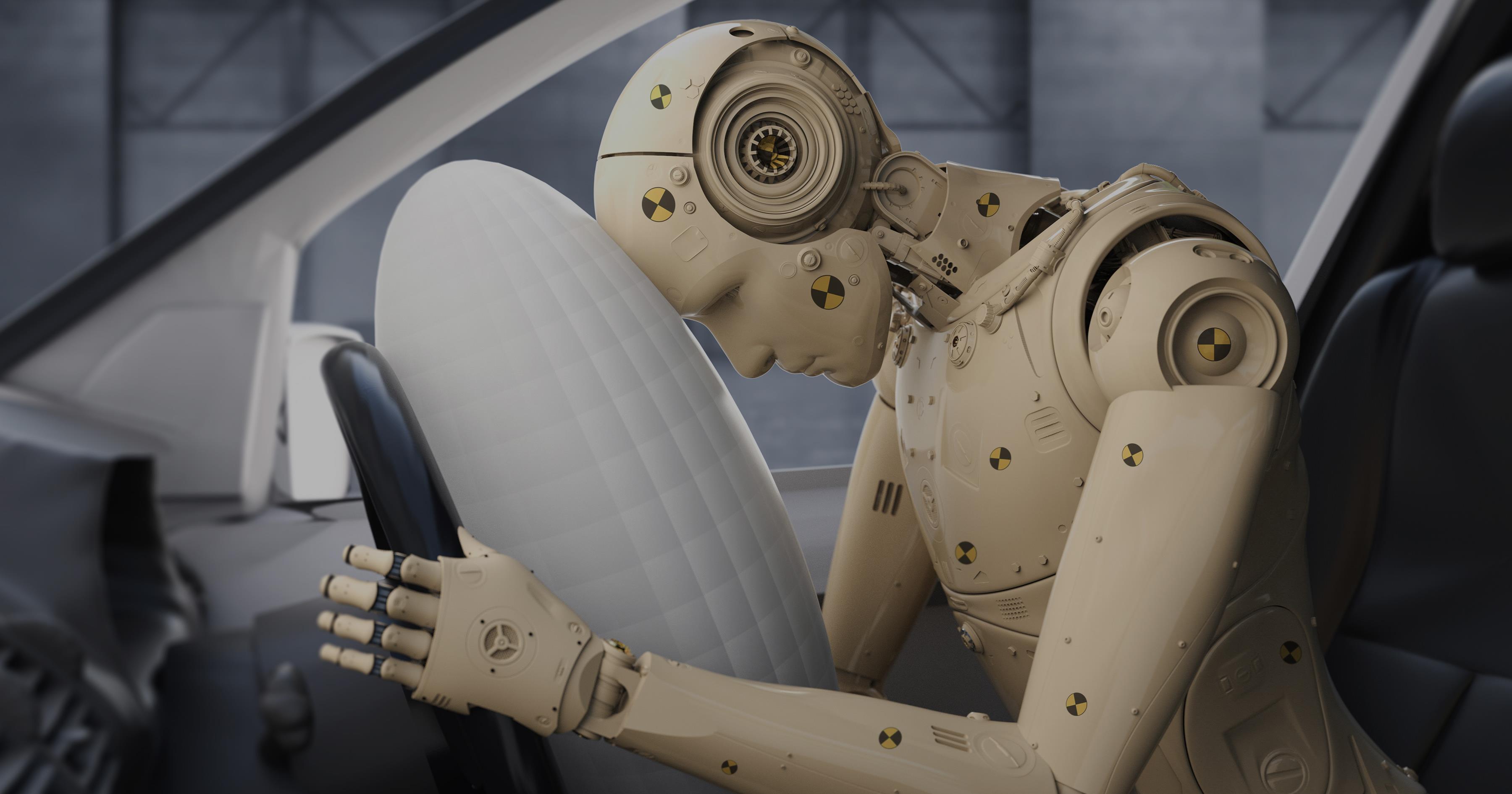
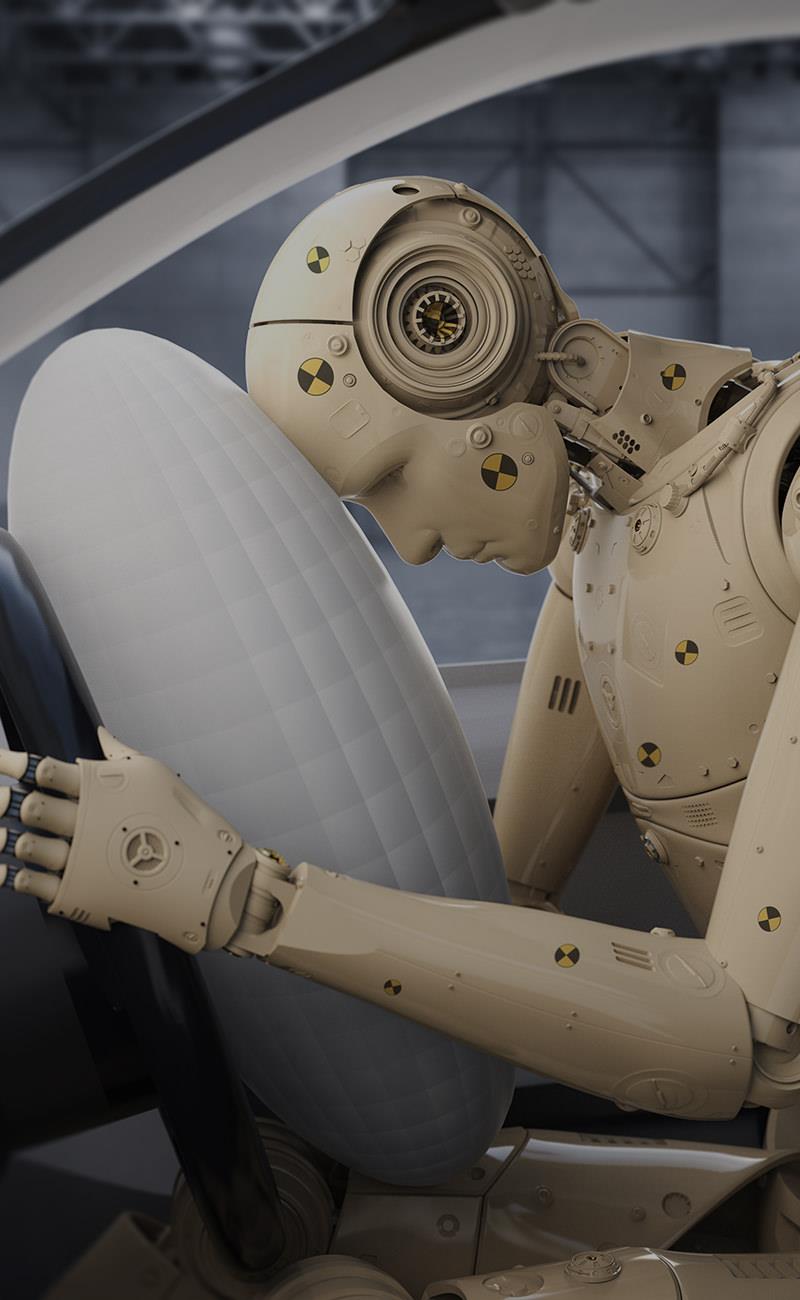
CRASH PROTECTION
SOMETIMES ACCIDENTS ARE UNAVOIDABLE.
THAT’S WHERE MAZDA’S INDUSTRY-LEADING CRASH PROTECTION COMES INTO ITS OWN TO HELP KEEP YOU SAFE.
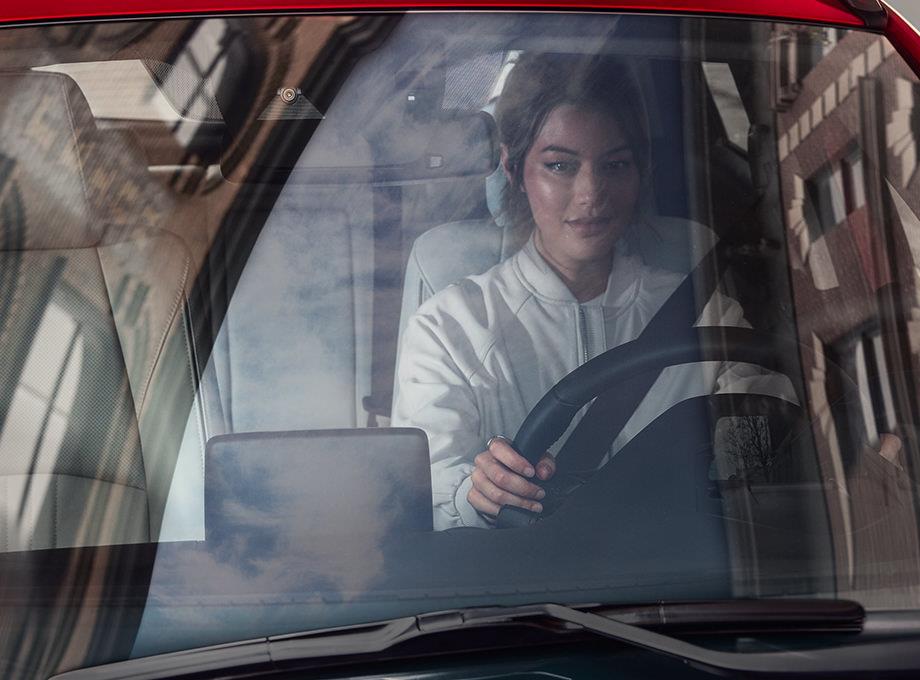
SKYACTIV-VEHICLE ARCHITECTURE
MAZDA cars are strong and lightweight. By using materials such as high tensile steel in areas of the body structure, engineers ensure that the car absorbs impact energy without adding extra weight.
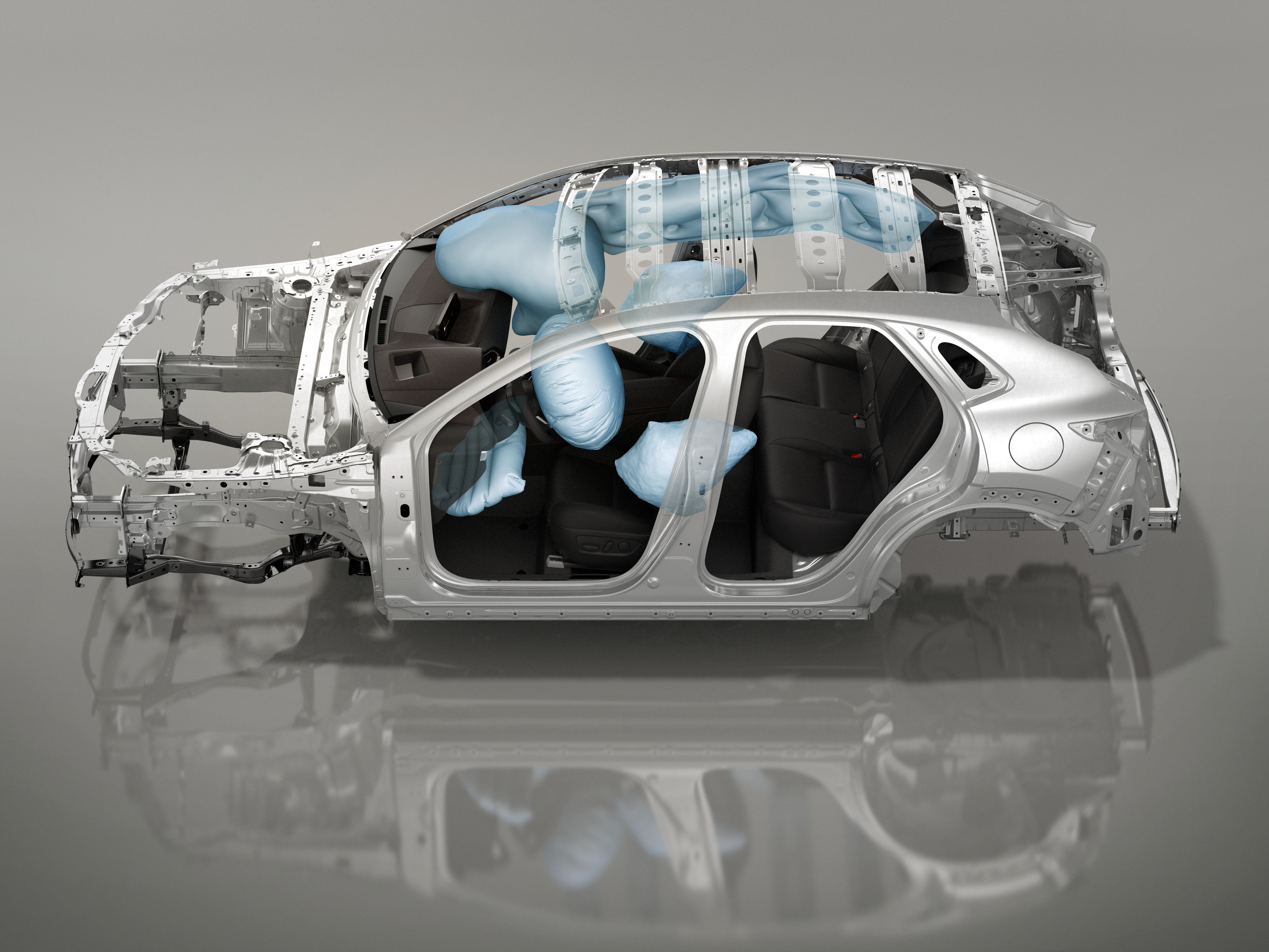
MULTIPLE SRS* AIRBAGS
Airbags have long been a crucial part of crash protection. MAZDA uses driver and passenger airbags, plus multiple airbags to protect all occupants.
*Supplemental Restraint System
External evaluations for Mazda’s safety technologies
Mazda earns most TOP SAFETY PICK+ awards of any single brand
Third-party safety evaluations in Japan/US/Europe markets


NOW FIND OUT MORE ABOUT YOUR REGION'S MAZDA.




